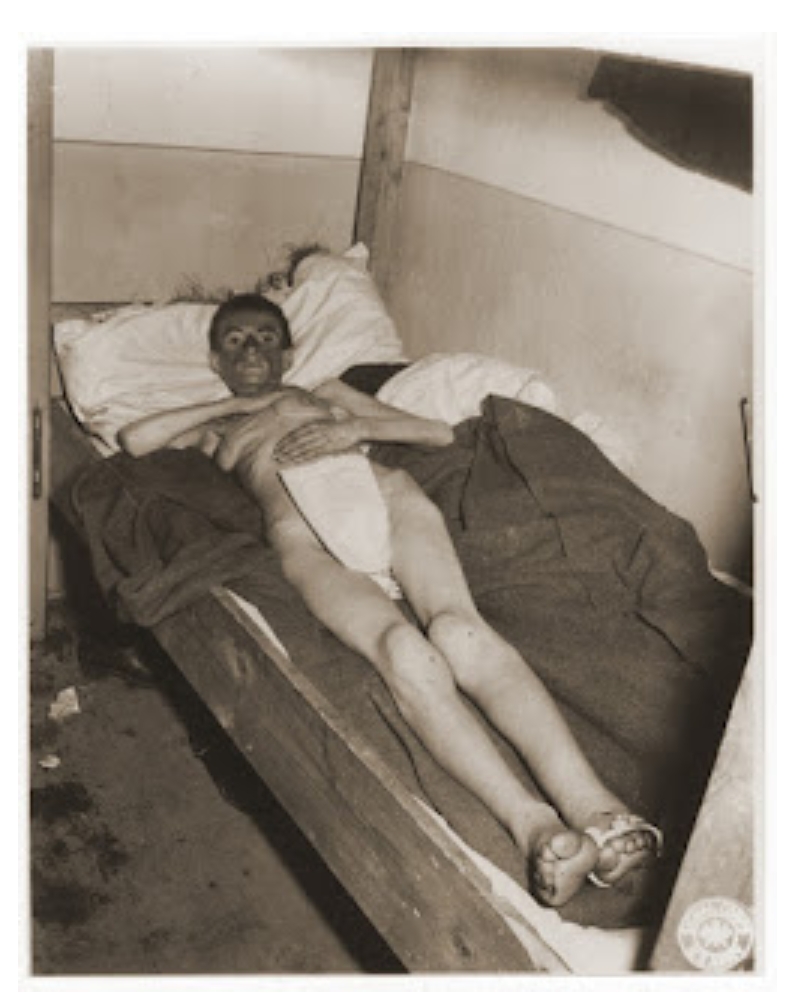
Pictured is twenty-six year old Elizabeth Klein.
The Helmbrechts death march was one of hundreds of forced marches that occurred near the end of the war. As Allied troops closed in on Germany from all sides, the prisoners in concentration camps and slave labor commandos were evacuated to camps further from enemy lines. Although some were evacuated by train, many prisoners were sent on foot distances of hundreds of miles. The Helmsbrechts death march began in Gruenberg, a sub-camp of Gross Rosen in Lower Silesia.
The prisoners of Gruenberg, consisting of 900 Jewish women of mixed nationality, were evacuated along with 900 other female prisoners from another Gross Rosen sub-camp known as Puerschkau (or Schlesiersee). The group was divided into two smaller groups accompanied by SS men and women, with approximately 1,100 prisoners sent in the direction of the Flossenbuerg concentration camp. The remainder of the group was sent to Bergen-Belsen. On January 29, 1945, the groups left Gruenberg, unaware of the long journey ahead of them.
Although each of the prisoners had been given a blanket before their departure, few had proper shoes, and some were even barefoot or only had cloth wrapped around their feet. They were forced to march from 9-18 miles a day, receiving only a few potatoes or a small bowl of soup once a day for nourishment. They occasionally went without food for one or two days. At night, the women slept in unheated barns or out in the open when shelter could not be procured. In these conditions, several prisoners died each day from frostbite, starvation, and fatigue.
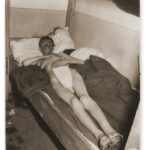
In addition, SS guards killed many prisoners for attempting to escape or lagging behind. Amalie Reichmann (later Mary Robinson), a survivor of the march, recalled that on one occasion when several women tried to escape, the SS lined up all the women on the march and as punishment shot every tenth one. After several weeks of marching, the group reached Dresden just as it was fire-bombed by the Allied planes on February 13-14, 1945.
Afterwards, many survivors remembered the fire, destruction, and death as they marched through the city. Finally, on March 6, after five weeks of marching, the first group reached Helmbrechts, a sub-camp of Flossenbuerg, 300 km. from Gruenberg. Of the original 1,100 prisoners who set out on the death march, only 321 arrived at Helmbrechts. 230 had been left at other camps along the way; a few had escaped; and the remaining 150-250 had died.
Upon their arrival in Helmbrechts, the prisoners’ clothing was taken away to be deloused, after which they were given temporary clothing and put into separate barracks. Because they were too weak to work, they were given only minimal food and shelter. During their five week stay at Helmbrechts, an additional 40 women died. On April 13, the remaining women were given their clothing back and were sent on a second death march, along with the rest of the 590 prisoners from Helmbrechts.
The group headed southeast, accompanied by 22 SS men and 25 SS women, who brought along a horse-drawn wagon to transport the sick, and later, the dead. On the fifth day, the march reached Zwodau, 80 km. from Helmbrechts. After a day of rest at Zwodau, another women’s sub-camp of Flossenbuerg, all the non-Jewish prisoners (primarily those who had been in Helmbrechts prior to the arrival of the death march from Gruenberg) were left behind, while the Jewish prisoners, along with 50 Jewish prisoners from Zwodau, continued on the march.
The remaining 625 prisoners were marched in the direction of Prachatitz, a small town just east of the Czechoslovakian border, where they were to be abandoned. Along the way, 10-12 women died daily of fatigue and starvation, in addition to the 4-8 who were shot or beaten to death by the SS each day, often for no reason. On the 21st day the group reached Volary (Wallern), after having marched 200-300 km. since leaving Helmbrechts, with fewer than half of the prisoners still alive. After the death march reached Volary, there is confusion as to exactly what happened, where the prisoners were sent, and how many more were killed. According to Alois Doerr, the top-ranking SS officer on the death march from Helmbrechts, the prisoners were split into three groups upon arriving in Volary. His intention was to march all the prisoners to Prachatitz, yet some were too weak to continue the march. Those still able to walk were sent the following day, while the rest were to be transported by truck. There was only one truck available, in which a small group was loaded and sent after the marching group. The rest of the sick waited in a building adjacent to a factory to be sent on a second trip. The group on foot was abandoned just after Prachatitz, where locals cared for them. The truck transport, however, was strafed by American planes, killing one SS woman and wounding two others. Some of the prisoners fled, but those not able to get away were brought to a barn nearby. The following day three SS men took those in the barn to the woods and shot 14 of them, letting three go free. The same day 12 other prisoners were shot by SS men in Volary. It is suspected that both incidents were in retaliation for the death of the SS woman the previous day. Finally, on May 6, the 2nd Regiment of the 5th Division, U.S. 3rd Army entered Volary and liberated the women from the factory building. There they found 118-133 prisoners covered in lice lying on the floor. They had no potable water and only a wooden box in the corner as a toilet. The women were suffering from starvation, malnutrition, tuberculosis, typhus, heart trouble, blistered and gangrenous feet, festered wounds, diarrhea, and frostbite. Upon seeing the poor condition of the women, American soldiers set up a hospital for them in Volary, where they were able to recuperate for the next few months. On May 11, the mass graves near Volary were discovered, and Germans were forced to exhume them in order to give the victims proper burial. Of the 83-89 bodies exhumed, many of them showed evidence of having been murdered.
[Sources: Goldhagen, Daniel. “Hitler’s Willing Executioners: Ordinary Germans and the Holocaust.” New York: Alfred A. Knopf, 1996; Klein, Gerda Weissmann. “All But My Life.” New York: Noonday Press, 1988; Robinson, Amalie Mary. “The Reichmanns of Bietlitz.” Los Angeles, 1992; USHMM Library Vertical File, “Volary.”]


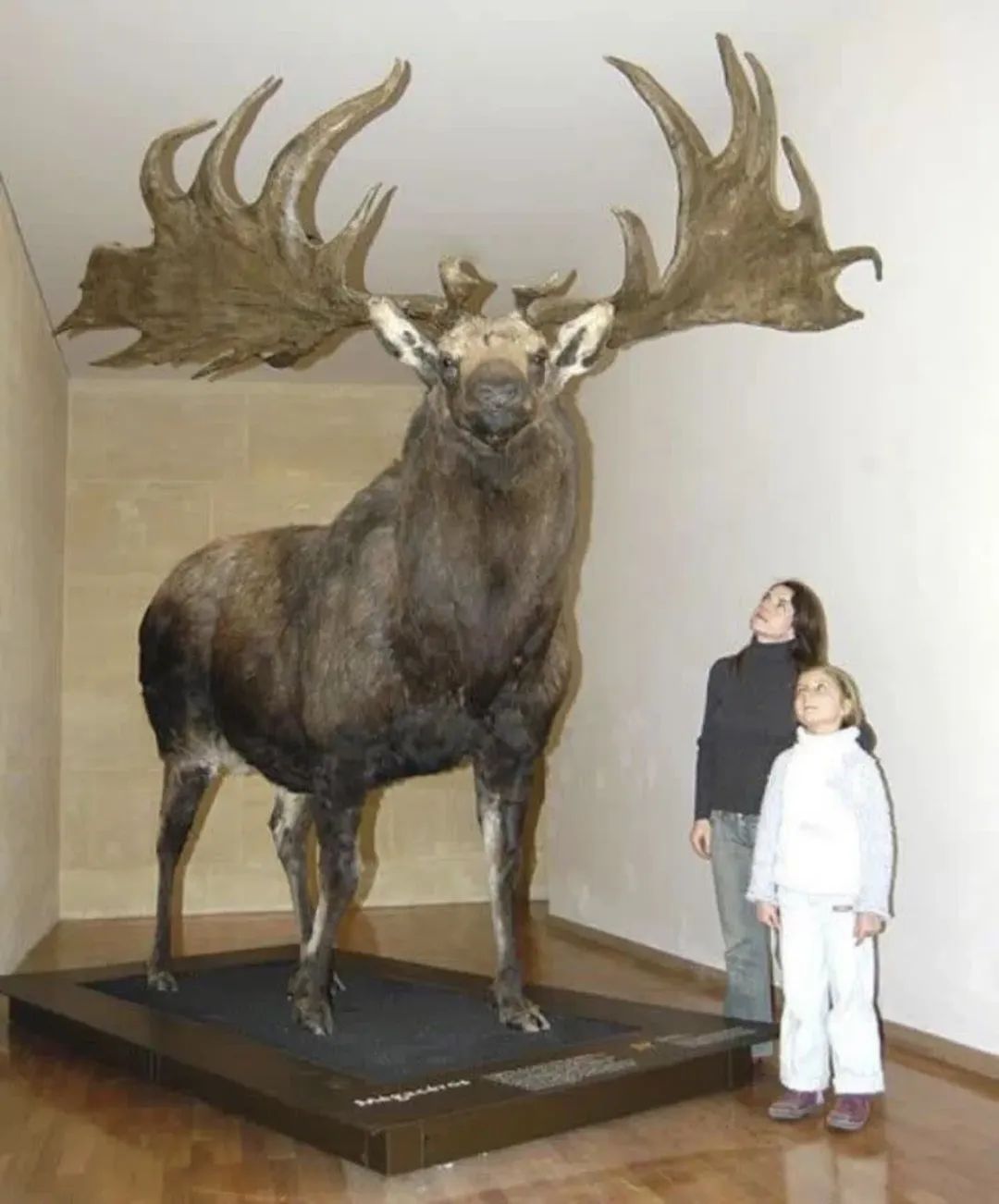
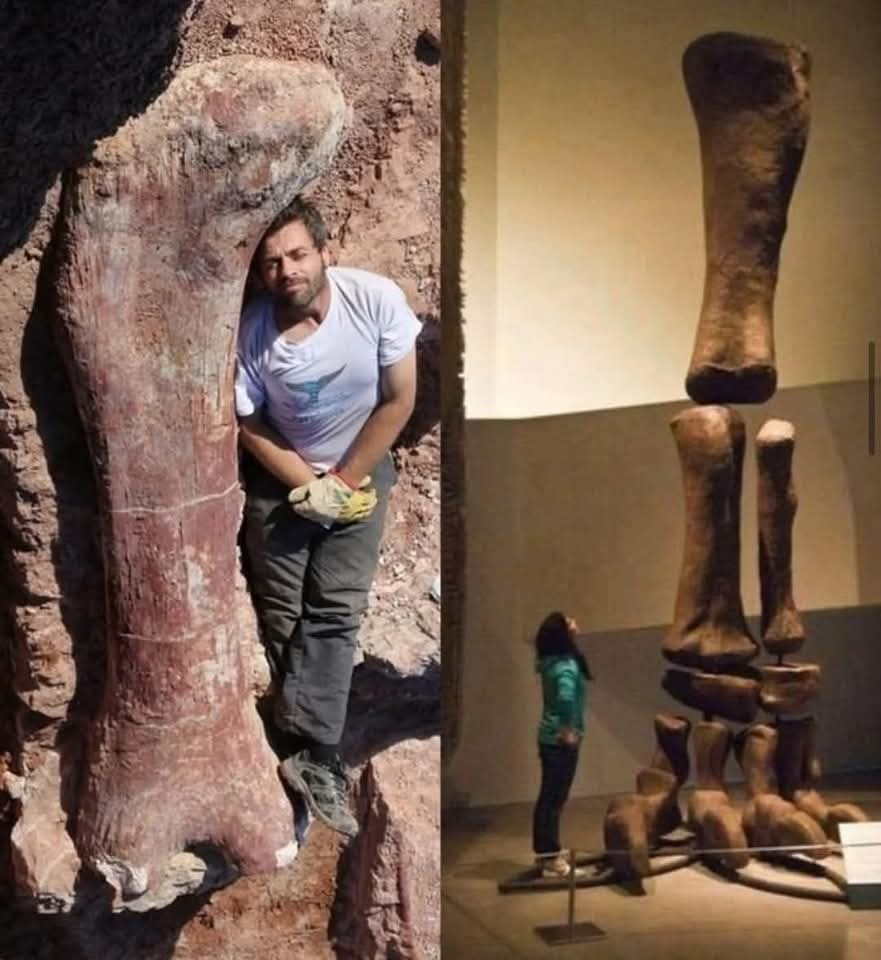



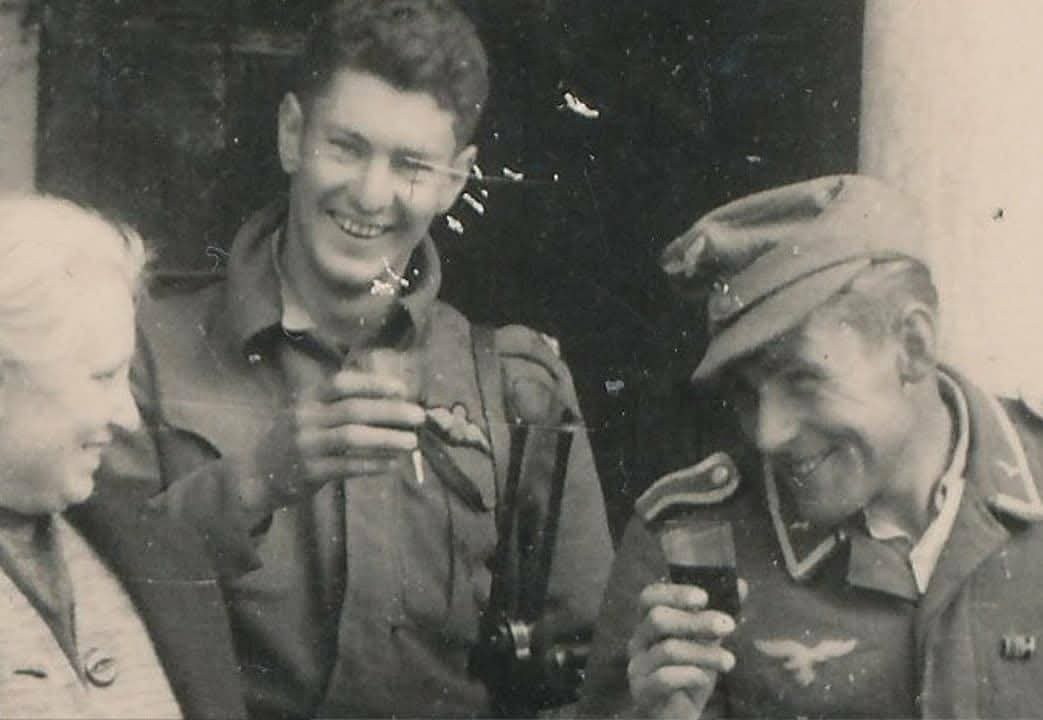
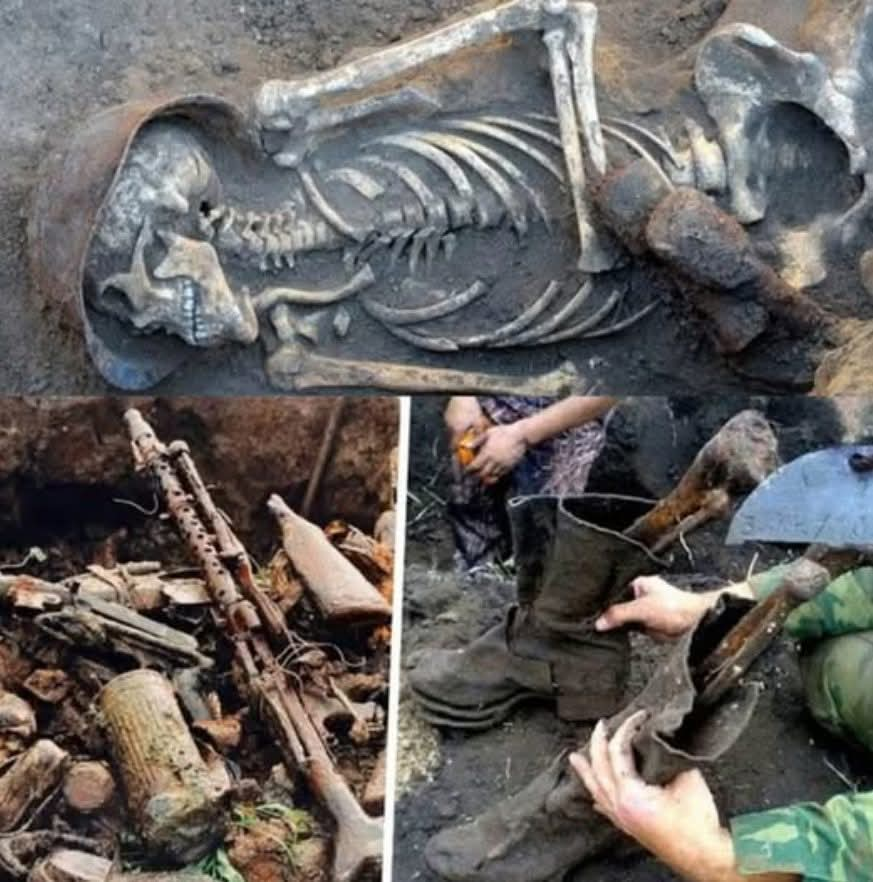

Leave a Reply